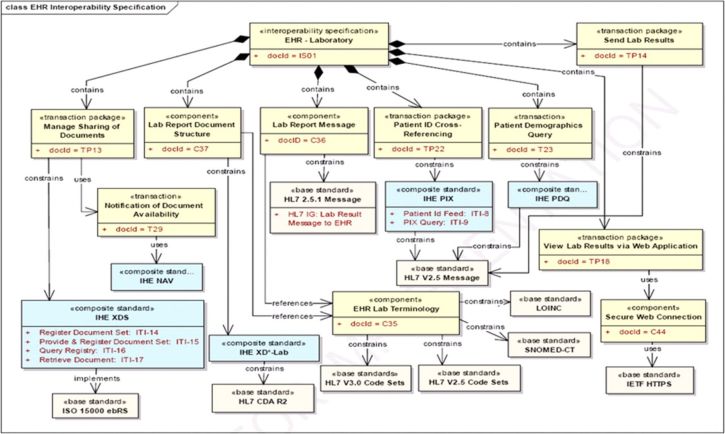EVEN THOUGH YOU MAY NOT BE A HEALTHCARE PROFESSONAL the lack of Electronic Health Record (EHR) interoperability is a huge and growing National problem.
Forbes reported on February 22, 2014 that annual US healthcare spending has hit three trillion eight hundred thousand dollars.
The EHR market is expected to grow to seventeen billion dollars by 2017, with a compound annual growth rate of 9.8 percent. (Source; Research and Consulting firm GlobalData).
But the EHR systems comprising the seventeen billion dollar market, designed to address US healthcare spending of three trillion eight hundred thousand dollars, for the most part, seem to lack interoperability.
A new report by the Government Accountability Office (GAO) says that despite the efforts to streamline the methods and reduce the costs of sharing patient information; after interviewing stakeholders in fours states, GOA found that “data fragmentation… costs the beleaguered healthcare system up to two hundred twenty-six billion per year.” (Source: GAO: Lack of Standards Foils EHR Interoperability)
What is a healthcare organization or private practice to do?
With no governmental oversight, one thing to do is watch all the EHR vendors, Governmental Agencies, Not-for-Profit collaboratives and Health Information Exchange systems scramble to establish standards for system integration and interoperability.
As evidence of the scope of the problem and the rush to create interoperability standards here are only a few of many recent initiatives:
– On December 7, 2014, HL7 (High Level Seven), a not-for-profit standards developing organization providing for the exchange, integration, sharing and retrieval of electronic health information launched Argonaut, a project to advance Fast Healthcare Interoperability Resources (FHIR), a standard for exchanging healthcare information electronically.
– The EU-US eHealth Cooperative Initative EHR/HIE (Health Information Exchange) announced it is collaborating with experts, stakeholders across the public, private and academic sectors to accelerate progress towards the widespread deployment and routine use of internationally recognized standards that would support transnational interoperability of electronic health information and communication technology.
– On November 17, 2014, HIMSS, a global, not-for-profit organization focused on better health though information technology, in an effort to build on its efforts to connect EHRs to HIEs formed a strategic alliance with the ERH/HIE Workgroup to streamline the process for achieving connectivity between EHR and HIE systems.
– At a Healthcare Information Management Systems Society Conference in New Orleans in March 3013, five competing EHR vendors announced they had agreed to work together to promote data exchange standards across their systems, welcoming other EMR vendors to join their efforts. Cerner, McKesson, Allscripts, athenahealth and Greenway announced their collaborative efforts. Absent from the announcement was EHR vendor Epic.
Get the picture?
The other thing one can to do to achieve interoperability is to spend thousands, often tens of thousands of dollars to engage a private systems integration firm to develop custom interfaces with other systems to achieve the objectives of a digital workflow.
Once again, there is no governmental oversight over these efforts. In response to criticism singled out at the EHR gorilla Epic by U.S. Rep. Phil Gingrey (R-Ga.) at a House Energy and Commerce Committee hearing in July, Judith Faulkner, Founder of Epic, “Careful in her choice of words,” according to Julie Creswell in a September 30, 2014 article in the New York Times, “offered muted criticism of regulators for, essentially failing to…help providers connect to one another…” “I’m not sure why the government doesn’t want to some of the things that would be required for everybody to march together,” she said.
What’s needed is an Industry Standard “Application Programming Interface (API)” enabling all providers to write back and forth to each other information each system could compare and compare. An API is a set of software tools which allow different systems to operate with each other.
We reported on October 26 that at an Indian River Medical Center (IRMC) Board of Directors meeting a presentation was made on the selection of Paragon as their EHR system. Paragon was developed by McKesson. Initial research about Paragon is positive because McKesson designed its EHR without fixed length fields and other design features that enable it to be customized to fit health system’s needs.
